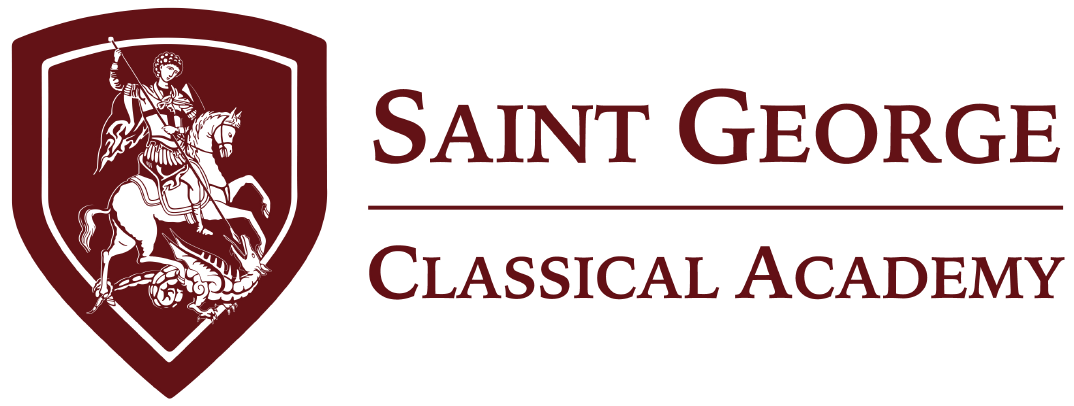Pedagogy
“Seek first the kingdom of God and His righteousness, and all these things shall be added to you.” – Matthew 6:33
Fundamental to classical education is the emphasis on the liberal arts which develop the capacity for learning, bestowing upon those who master them the freedom in life to tackle any subject, pursue any interest and rise to any challenge. To train students in the art of learning, appropriate educational methods, or pedagogy, must be employed to inspire a spirit of inquiry, discipline the mind in seeking truth and foster the joy of discovery. Historically, classical pedagogy has consisted of the Socratic and mimetic teaching methods, both of which challenge the student to discover principles and ideas for themselves, and both of which were employed by our incarnate Lord in His earthly ministry to reveal the mystical truths of salvation to man.
Socratic Method
The Socratic teaching method utilizes dialogue to pursue a line of inquiry that reveals the underlying principle or idea of the lesson, known as the logos. Typically, this manifests as the teacher asking the student a series of questions with the intent of revealing discords—gaps or flaws—in the student’s reasoning and guiding them toward the logos which resolves these discords. A recurring theme in the Gospels is Christ’s ongoing disputes with the Pharisees, who consistently challenge His earthly authority to teach and perform miracles. In each interaction, Christ does not answer directly, but rather guides them by degrees toward the revelation of His Divinity. The underlying logos of these dialogues is that Christ reveals Himself gradually to those who seek Him with persistence. Similarly, the purpose of education is not merely to impart knowledge, but rather to give students the tools to pursue a life of self-development.
Mimetic Method
“What is the kingdom of God like? And to what shall I compare it? It is like a mustard seed, which a man took and put in his garden; and it grew and became a large tree, and the birds of the air nested in its branches.” – Luke 13:18–19
The mimetic teaching method presents a set of examples, called types, and invites the students to discern the purpose, or logos, of the lesson by comparing the types, which can take almost any form such as stories, math problems or works of art. Types which embody the logos are presented to the student and the teacher guides them in the investigation of the types by asking questions. The presentation of types continues until the moment of illumination when a student identifies the logos. Christ perfects the mimetic method in his use of parables to illustrate complex mystical concepts like the kingdom of God, the process of salvation, and God’s infinite compassion for man. The revelation of truth embodied as story resonates with man’s innate desire for purpose in life and implants these truths deeply in the heart. The mimetic educational approach trains children to seek meaning in all things and to explore transcendent realities which defy concise explanation.




